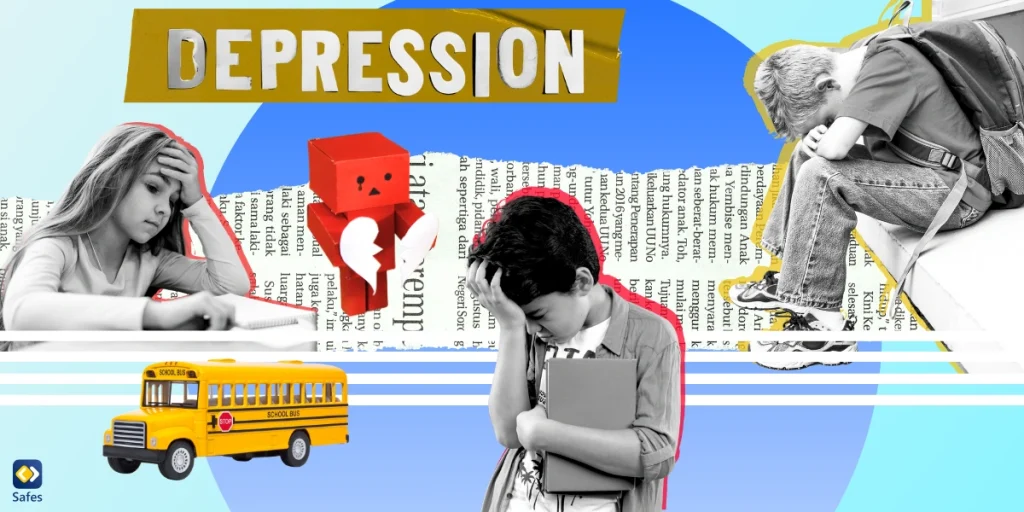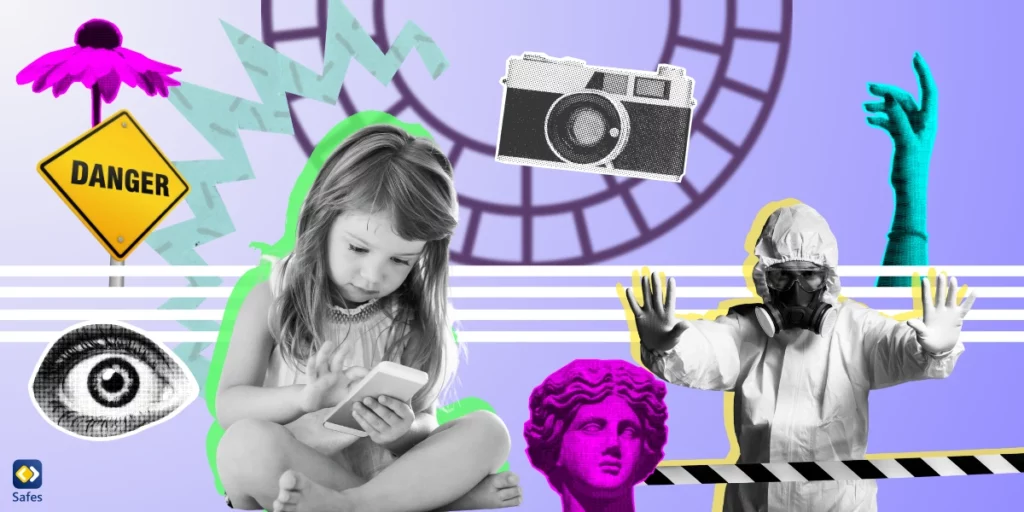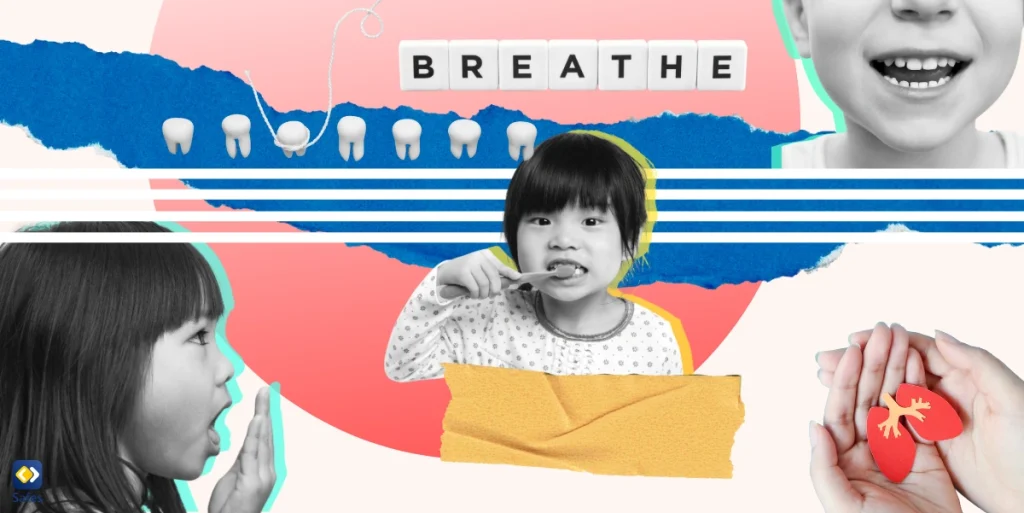Depression is a significant mental health concern among young people, and it can have profound impacts on their well-being and academic performance. It is crucial to understand the prevalence, signs, and causes of depression in schools and create a supportive environment for students. This guide aims to equip school administrators and teachers with the knowledge and strategies to address depression effectively in schools.
Download and Start Your Free Trial of the Safes Parental Control App
Understanding Anxiety and Depression in Schools
Depression is not a choice, and students with depression want to succeed just like any other student. However, depression can negatively impact their school performance and well-being. You should recognize the signs of depression, which may include:
- Persistent sadness
- Irritability
- Lack of energy
- Difficulty concentrating
- Withdrawal from friends and activities
- Changes in academic performance
Depression in Schools Statistics
Depression is not uncommon among students. Approximately 30% of adolescents experience anxiety disorders, including generalized anxiety disorder and obsessive-compulsive disorder, in their lifetime. Additionally, almost 11.5% of today’s teens (12-17) in the US have severe major depression, and 16.39% have suffered at least one major depressive episode in the past year. Depression rates in schools highlight the urgent need for mental health support in schools.
What Causes Depression in Schools?
Adolescent depression in schools can arise from various factors. Some common risk factors include:
- Experiencing trauma or adverse life events
- Having other mental health issues (such as anxiety and seasonal depression in schools)
- Engaging in risky behaviors
- Facing challenges related to sexual orientation or racial identity

Addressing Depression in Schools by Creating a Supportive Environment
Schools play a crucial role in addressing depression in high school students and promoting mental well-being. By implementing the strategies below, you can make a positive impact on your students’ lives.
Nurturing Peer Support
Peer support can be a powerful tool in combating depression. You can create a supportive network within the school community by encouraging students to:
- Participate in positive social interactions
- Nurturing a sense of belonging
- Promoting empathy and understanding
Peer support programs and initiatives can help students feel connected and understood, reducing the feelings of isolation that often accompany depression.
- Related Article: Peer Counseling: Empowering Teens to Deal with Online Threats
Collaborating with Parents
Parents are vital partners in supporting students’ mental health. Regular communication with parents can help you gain insights into students’ well-being and provide necessary support. You can organize workshops or webinars for parents to educate them about depression, its signs, and strategies for supporting their children.
- Related Article: A Parent’s Guide to Recognizing Depression in Kids
Referring to Mental Health Professionals
While schools can provide initial support, certain cases may require intervention from mental health professionals outside the school. You need to recognize when a student needs specialized care and to follow the appropriate protocols for referral. School counselors, social workers, and other mental health professionals within the school can help guide the referral process and ensure students receive the necessary support.
Implementing Protocols and Response Plans
Having protocols and response plans in place is crucial to effectively address mental health concerns in schools. The Netflix series “13 Reasons Why” highlighted the importance of having procedures to prevent suicide and respond to students experiencing suicidal thoughts. Schools should establish crisis teams, train staff on recognizing warning signs, and collaborate with mental health professionals to develop comprehensive response plans.
Anxiety and Depression in Schools: Conclusion
Addressing depression in schools requires involving educators, parents, and mental health professionals. By understanding the prevalence, signs, and causes of depression, schools can create an environment that supports students’ mental well-being. Nurturing peer support, collaborating with parents, and having protocols and response plans in place are essential steps in addressing depression effectively.
Your Child’s Online Safety Starts Here
Every parent today needs a solution to manage screen time and keep their child safe online.
Without the right tools, digital risks and excessive screen time can impact children's well-being. Safes helps parents set healthy boundaries, monitor activity, and protect kids from online dangers—all with an easy-to-use app.
Take control of your child’s digital world. Learn more about Safes or download the app to start your free trial today!




